Club Foot Horse
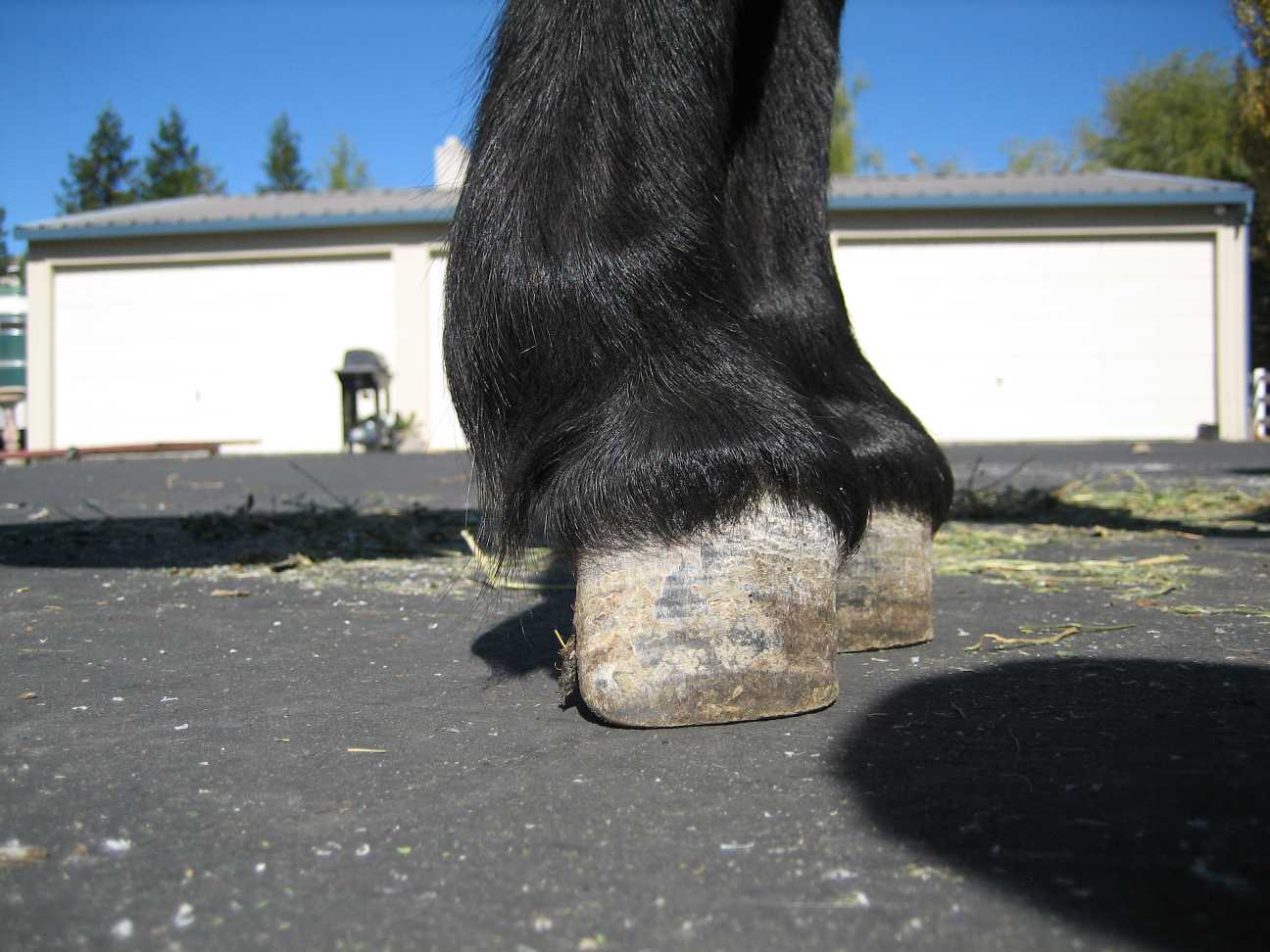
Club Foot

How D That Happen Origins And Remedies For Clubfoot Horse Racing News Paulick Report

Club Feet In Foals
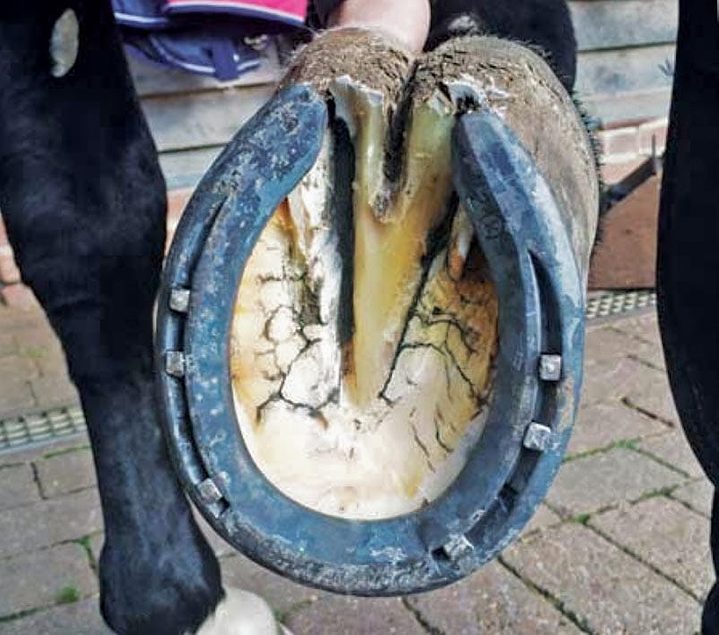
Defining And Fixing A Horse S Club Foot American Farriers Journal
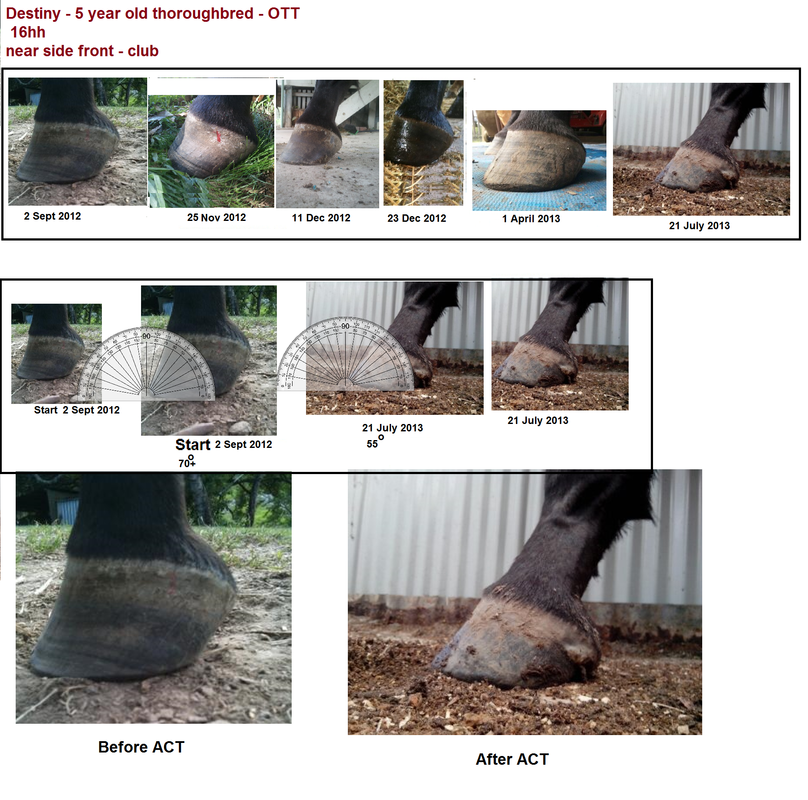
Club Foot Rehabilitation Act Trimming Strategy
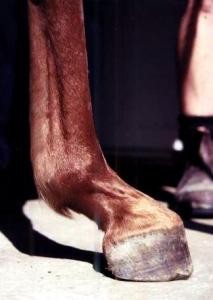
Farriervet Lancaster Club Foot
From my observations, when horses grow up with a club foot, they condition themselves to favor the normal foot because the club foot is the outcome of the horse’s leg bones elongating through growth at a pace that the tendons and muscles can not keep up with.
Club foot horse. Often, club foot affects both front legs with one being more severe than the other. With the horse standing on a hard surface, compare the heels of the front feet. In most cases, the front of the foot is twisted downward and inward, the arch is increased, and the heel is turned inward.
But what does the term mean, and what actually constitutes a clubfoot on a horse?. Look at the horse from all angles. Causes of Club Foot in Horses The deep flexor tendon is shorter than the bones causing a pulling on the coffin bone in the hoof which causes a deformity in the shape of the hoof Congenital deformity at birth (occurring within the mare’s uterus) likely due to multiple factors.
After birth foals acquire club feet when the bones grow faster than the tendons. See who is a fan of Clubfoot. A club foot horse is typically recognized and defined as having one front hoof growing at a much steeper angle than the other, with a short dished toe, very high heels, extremely curved wall and straight bars.
A club foot alters a horse’s hoof biomechanics, frequently leading to secondary lamenesses. Doctors use the term "clubfoot" to describe a range of foot abnormalities usually present at birth (congenital). Casting is a method for correcting clubfoot in the hopes of.
Horses often possess mismatched feet, and this asymmetry can sometimes be traced to clubfoot. A “club-footed” horse is defined by most people as a horse with one hoof that grows more upright (particularly at the heel angle) than its mate on the other side. Most horses only have one club foot, but it is possible to have multiple.
Club Foot in Horses. A horse with an abscess will be sensitive to hoof testers and may have an increased digital pulse. The club foot will be narrower then the other foot and the frog will be smaller.
The contracted muscle/club foot condition is a common growth problem in young horses (up to 6 months of age), causing upright pasterns and a tiptoe stance. Homes for sale in Horseshoe Bend, Roswell, GA have a median listing price of $475,000 and a price per square foot of $165. Club foot is not so much a hoof deformity as a limb deformity caused by the abnormal contraction of the deep digital flexor tendon (DDFT) and its associated muscles.
It is often associated with a concave front (dorsal) hoof wall, high (often contracted) heels, and widening of the white line from mechanical stretching of the hoof wall attachments (the laminae). Club foot can occur before or after birth in foals. Affected horses tend to land toe-first, and their heel’s growth rate is amplified relative to the toe’s,.
A club foot is a morphological change in the hoof that’s due to a shortening of the musculoskeletal tendinous unit of the deep digital flexor tendon, says Vern Dryden, an equine veterinarian and farrier. These occur when bacteria invade a horse’s hoof, and the horse becomes lame when the infection reaches the sensitive structures of the foot. From developing new therapies that treat and prevent disease to helping people in need, we are committed to improving health and well-being around the world.
"The Club Foot" (or "Mismatched Foot") is an acquired or congenital flexural deformity of the distal interphalangeal joint, caused by a shortening of the musculotendinous unit of the deep digital flexor tendon. -Lauri R Grazing stance allegedly plays a part in many. Clubfoot horse rating and status.
The horse is the most important part of the equation. Merck & Co., Inc., Kenilworth, NJ, USA is a global healthcare leader working to help the world be well. This can be due to either pain or a preference of "feeding posture" which they determine early on in life.
Can it be treated?. Merck and the Merck Veterinary Manual. Many of the sources of pain are transient and resolve with time, however, varying degrees of club foot deformity can remain after the pain is gone.
Talipes calcaneovalgus (dorsal flexion of the forefoot with the plantar surface. Club foot is one of the most common deformities in the horse world. Club feet are more common in some breeds and in specific bloodlines.
This is often seen in foals with developmental problems due to rapid growth. Originating in the Netherlands, Foot Golf has created a sensation worldwide. While some use CTEV and clubfoot (CF) synonymously, in certain publications term clubfoot is considered a more general descriptive term that describes three distinct abnormalities:.
Lungwitz (1910) properly defined and described the condition for the horse. The degree of the club foot is not severe, but is slightly noticeable. The “Club Foot” is a biological event challenging the history and the daily practice of horse breeding, and giving us significant insight into the entrepreneurial difficulties facing the breeders and the issues of social adaptation deriving from this condition.
This "compensation" type of club foot has a strong heel structure with upright, flat bars -- the heel looks like a fortress. Potential Causes of a Club Foot Although foals can be born with flexural deformities, such as a club foot, most affected horses are born normal and don’t develop a club foot until 2 to 6 months of. With the club footed horse, the first thing to understand is that the horse has a deformity and as such it is always going to need a high degree of hoof maintenance, for the term of its natural life.
The only way to stop continuing problems with club footed horses is not to breed from them. The aim of this research was to detect the incidence of the disorder in Arabian Pureblood horses, attempting to understand its causes and to analyze a possible role of. A club foot is a DEFORMITY and for any horse to win at top level competition it needs every possible advantage and no drawbacks.
Get a new kick out of golf when you play Foot Golf at Steel Canyon Golf Club. That strategy must be influenced by the severity of the club foot,. It's interesting that about 70-80% of club foot occurs on the right front.
The shorter the delay between your horse’s actions and the reward, the more quickly your horse will comprehend what you want. Causes include nutritional issues, heredity, position in the uterus or injury. When asked to work on a horse with a club foot, take extra time to evaluate the whole horse.
Gray and SmartPaker Dan turn to Danvers Child, the SmartPak Hoof Health Consultant, for assistance with a question on a horse with a club foot to clear up some confusion around the topic. Club foot is defined as a flexural deformity of the coffin joint and is a common problem in young, growing horses. If a horse has a clubbed foot, then the foals that mare or stud produces will have one as well.
One of the most common causes of sudden-onset lameness in horses is an abscess. The heel on the club foot will be higher than the other foot. Surgery often a necessity for a horse with a club foot.
The term clubfoot is a misnomer for the condition in the horse and correctly refers only to a congenital anomaly of the human foot. Horses are either right handed, left handed, or ambidextrous. The sole thickens in the heel to a level that works for the horse.
This kind of club foot should be respected for the job it's doing for the horse. The mechanical cause of clubfoot involves hyperflexion of the distal interphalangeal joint, the articulation between the short pastern bone and the coffin bone, due to shortening of the deep digital flexor tendon. The horse walks on its toes or knuckles in the fetlocks or occasionally the pastern joint.
Stand the horse up square, still on the hard surface. Club feet can be congenital, or they can develop later in life. Adult club foot requires a completely different approach to treatment than juvenile club foot.
The contraction creates a downward pull on the third phalanx. So-called “clubfoot” has long been a vexing problem for horsemen, veterinarians, and farriers. As every equestrian knows, horses are complex animals, and for most, rewards are not enough to provide deep, long-lasting motivation.
Horses affected with club foot develop a flexural deformity of the coffin joint, due to a shortening of the musculotendinous unit that starts high up in the limb and inserts on the coffin bone in the foot, resulting in an upright conformation of the foot. In this excerpt from the November 18 episode of Ask the Vet, Dr. It's important to determine that early in a horse's life as sometimes congenital club foot can be helped with veterinary surgery and some may just need corrective trimming.
Gray and SmartPaker Dan turn to Danvers Child, the SmartPak Hoof Health Consultant, for assistance with a question on a horse with a club foot to clear up some confusion around the topic. I have read horror stories, as well as good stories about horses with a club foot going on to be very successful. My horse has a club foot.
Watch the horse as it takes a couple of steps;. This can help you see where the foot cannot take stress. Realize that this condition will appear in horses from foal to maturity, and the issue could be congenital or acquired.
The things great trainers do. After 11 months of gestation, it is a costly and heart breaking exercise if it results in a club footed foal. There are three forms:.
Clubfoot horse page with past performances, results, pedigree, photos and videos. Nutritional errors referable to problems associated with bone growth (ie, osteochondrosis and physitis) are intimately associated with the syndrome and must be addressed as part of treatment. My 15 year old Paint horse gelding was born with a club foot.
The club foot is also generally much narrower than the other and will usually have a substantially smaller and sensitive frog. A diet rich in calories and sugar can cause problems as well. The term “clubfoot” gets thrown around a lot when describing the way a horse, particularly a sale prospect, looks.
However, for the best outcome of treatment, it is crucial for the veterinarian to identify and begin a strategy as early as possible. Assault, the “Club-Footed Comet,” won 18 races including the 1946 Triple Crown despite having a club foot on the right fore. The DDFT attaches to the coffin bone at the bottom of its run down the back of the horse’s leg, and any condition that affects the DDFT can have an impact on the coffin bone itself.
Telltale signs of a club foot may include an excessively steep hoof angle, a distended coronary band, growth rings that are wider at the heels, contracted heels, and dished toes. There are several causes of club foot. There are three general causes of club feet:.
The club foot is consistently the foot that is placed forward, presumably to avoid stretching the shortened tendon. Horses with mildly clubbed feet have competed and won at the highest levels of many athletic endeavors, from endurance and jumping to barrel racing and cutting. What we see externally as the equine clubbed foot is actually caused by a flexural deformity of the distal interphalangeal joint (coffin joint).
With respect to the club foot, the heel of the affected foot grows faster and the hoof more upright in appearance due to most of the horse's weight being placed on the opposite foot. Vern Dryden It’s not uncommon to observe minor asymmetries in any horse’s feet. Shoeing options for the Club Foot in Horses Do you have any recommendations on glue on horse shoes.
He wears Cavallo simple boots, which are great, but was thinking about glue on horseshoes for him. Talipes equinovarus (adduction of the forefoot, inversion of the heel and plantar flexion of the forefoot and ankle);. Genetic, nutritional, and grazing stance (with one foot forward and one back) – and a combination of these.
The primary one is genetics. To identify the club foot we must know what is considered ‘normal’ and then compare the difference. The equine club foot is defined as a hoof angle greater than 60 degrees.
Foot Golf Comes to Atlanta!. Normally we’re talking about the front pair of hooves. There are 31 active homes for sale in Horseshoe Bend neighborhood, which.
I am afraid it is already affecting him, as he does not easily pick up his right lead. Equilox Bob Smith, the head instructor of the Pacific Coast Horseshoeing School, discusses the grades of club feet and the strategy needed to a. Clubfoot can be repaired by casting or surgery.
Sometimes nonsurgical treatments, such as casting, can correct clubfoot. Club foot refers to a hoof that is more upright than normal. The club foot is his right front.

Severe Club Foot Chronicle Forums

Friesian Arabian Yearling Page 4 Free Speech Horse Forum
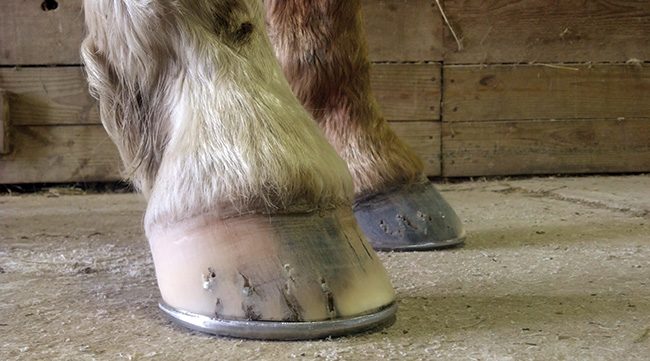
Hoof Care Email Q A American Farriers Journal

What Causes Club Feet American Farriers Journal

Pin On Equine Clubfoot

Club Foot Under Run Sandy Judyequine Art Hoofcare

Club Feet The Brutal Truth David Farmilo

News Feed Casey Son Horseshoeing School

Club Foot Page 2 Arabian Horse Hot Topics Arabian Horse Breeders Network

Shoeing Options For Club Foot In Horses

Pdf The Incidence Of Acquired Flexural Deformity And Unilateral Club Foot Uneven Feet In Thoroughbred Foals

Club Foot Trim Youtube
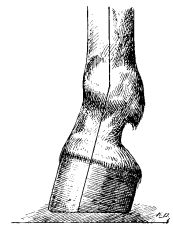
Club Foot In Horses

Club Foot Under Run Sandy Judyequine Art Hoofcare

Is This A Club Foot Horsetalk Co Nz

Club Foot In Horses Symptoms Causes Diagnosis Treatment Recovery Management Cost
Is This A Club Foot Horsetalk Co Nz

Club Foot Just How Sore Is Your Horse Casey Son Horseshoeing School

Club Feet In Foals

Tact The Anatomically Correct Trim The Happyhoof Act Hoofcare Community Facebook

Pdf The Incidence Of Acquired Flexural Deformity And Unilateral Club Foot Uneven Feet In Thoroughbred Foals

Basic Shoeing Working With A Club Foot Farrier Product Distribution Blog

Boarding At Yucca Veterinary Medical Center

Shoeing Options For Club Foot In Horses
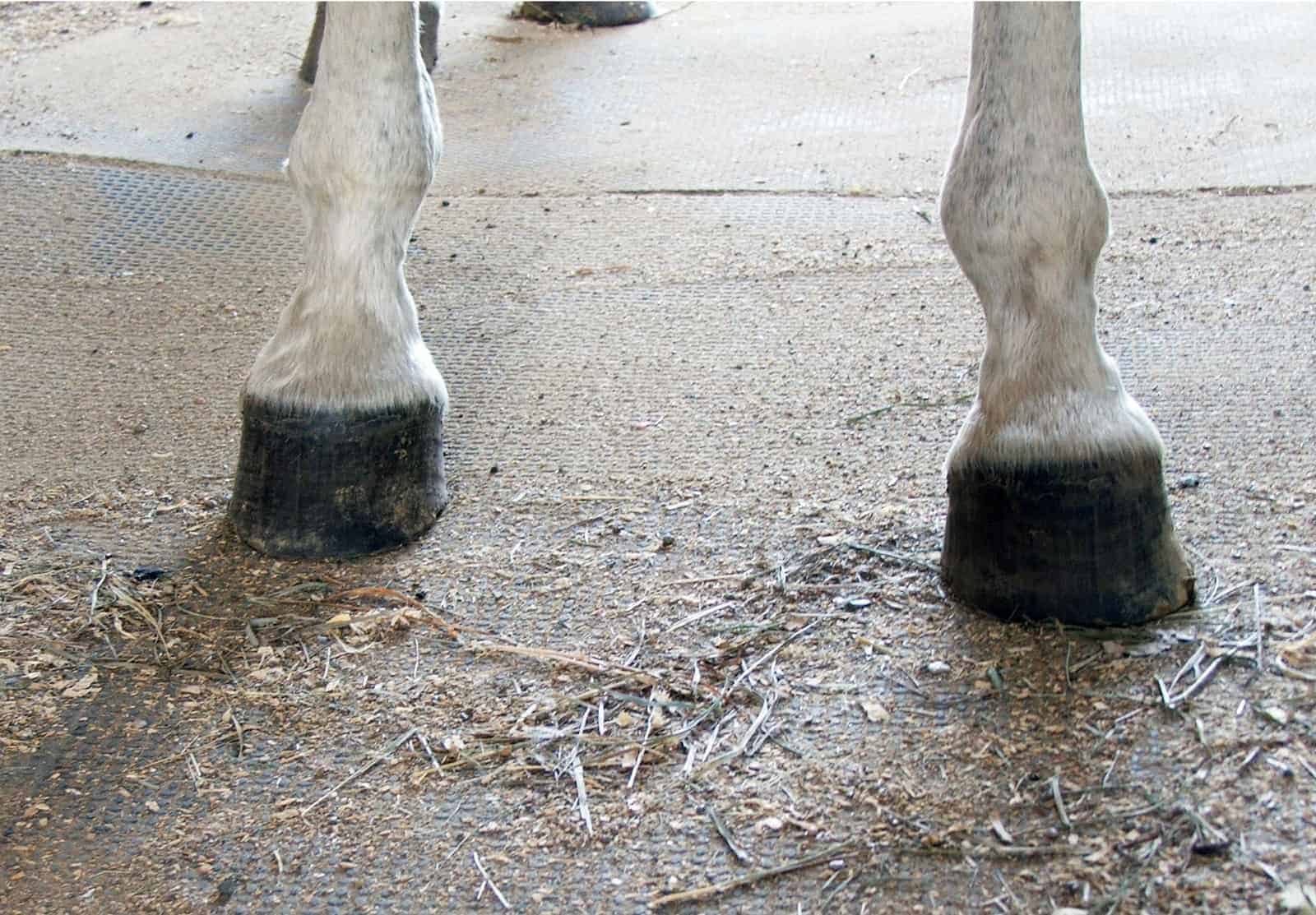
Club Foot Heritability In Horses The Horse
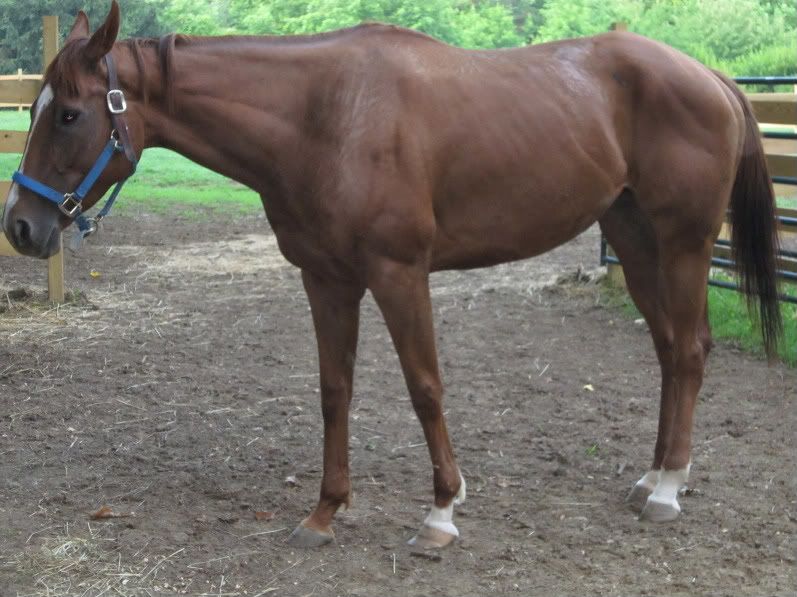
Club Foot The Horse Forum

Farriery For Mismatched Feet

Club Feet The Brutal Truth David Farmilo
Q Tbn 3aand9gcsk3jymyfrswowcaqrub 3zo 0gfndrcanhtgprlrp13hplw5go Usqp Cau

Club Foot Horses And Dogs Horse Anatomy Horse Care

So Called Club Foot By James R Rooney Dmv

Equine Therapeutic Farriery Dr Stephen O Grady Veterinarians Farriers Books Articles

The Importance Of Physical Maturity In The Horse Horsetalk Co Nz
Club Foot

049 6 Club Foot David Farmilo
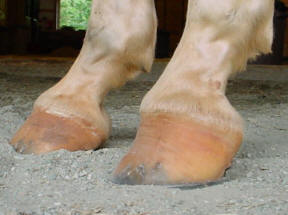
Club Foot
Pressreader Equus 14 10 01 Club Foot In Foals
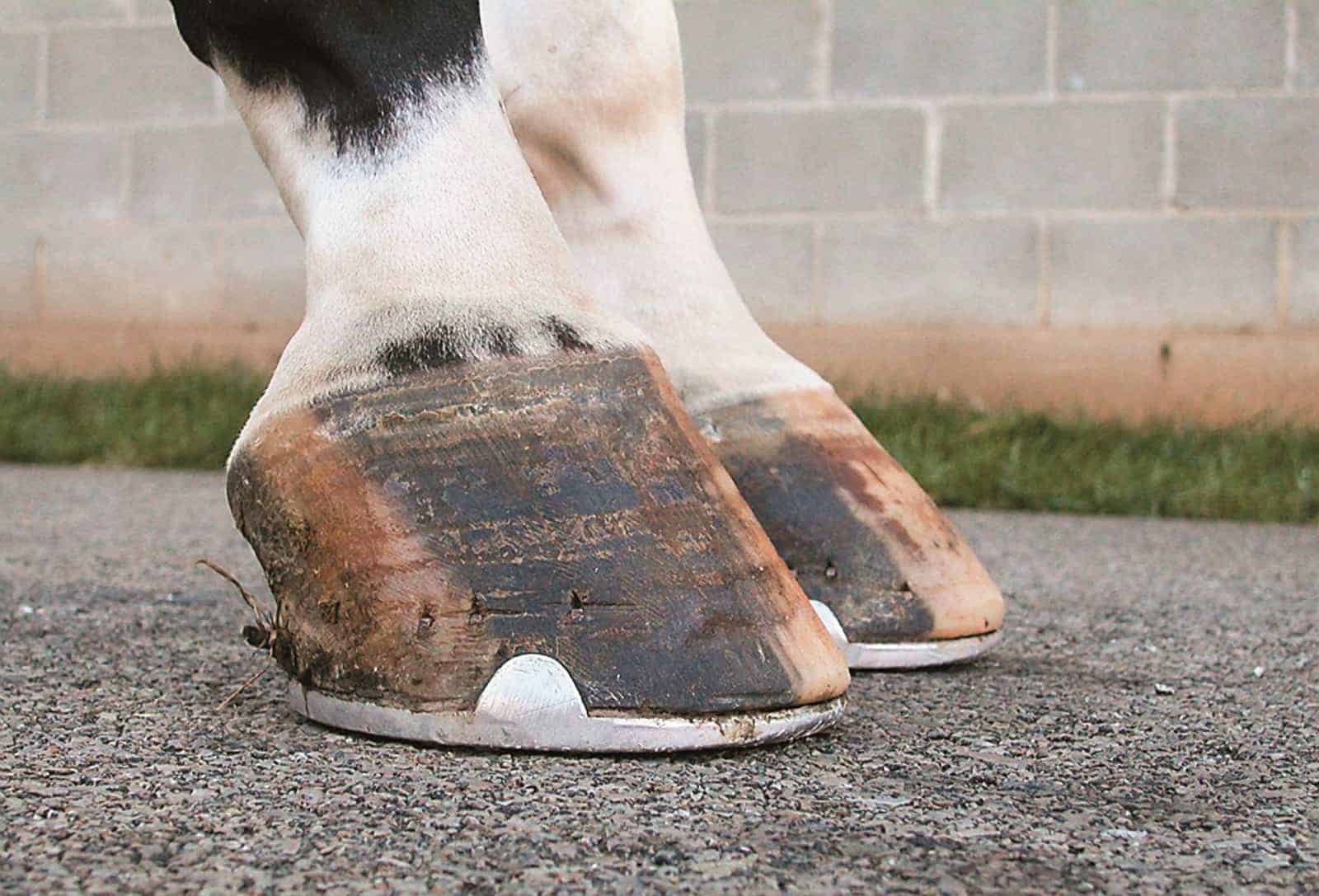
Managing The Club Foot The Horse

Webinar Shoeing The Club Footed Horse Youtube

Farriery For Mismatched Feet Farrier Express

Monte White Farrier Martin Dressage Training

Club Foot Under Run Sandy Judyequine Art Hoofcare

Club Foot Definition The Horse Forum

Hoof Conformation Vs Horse Conformation Scoot Boots

Club Foot In Horses Brian S Burks Dvm Fox Run Equine Center Facebook

Club Foot Under Run Sandy Judyequine Art Hoofcare
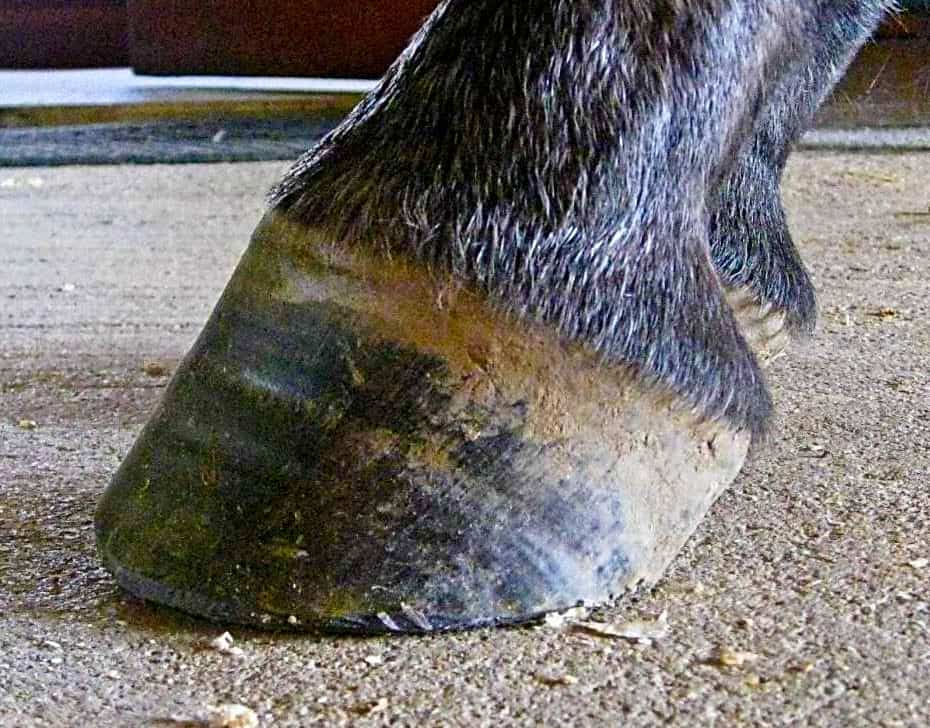
The Tolerable Club Foot The Horse

Coping With Club Foot The Farrier Guide

Why Some Horses Develop A Clubbed Foot Holistichorse Com

Recognizing And Managing The Club Foot In Horses Horse Journals

Michael Porter Equine Veterinarian Club Foot

Club Feet In Foals
Club Foot

Recognizing And Managing The Club Foot In Horses Horse Journals

Sense Method Helps Filly Overcome A Club Foot Debono Moves

Club Foot Equine Orthopedics

Frequent Trips Aid Club Foot 03 12 01 American Farriers Journal

Understanding Club Foot The Horse Owner S Resource

Recognizing And Managing The Club Foot In Horses Horse Journals

Lesson 4

Natural Angle Volume 15 Issue 1 Spanish Lake Blacksmith

The Club Foot Sabots Libres

Shoeing Options For Club Foot In Horses

Hoof Conformation Vs Horse Conformation Scoot Boots

Equine Club Foot
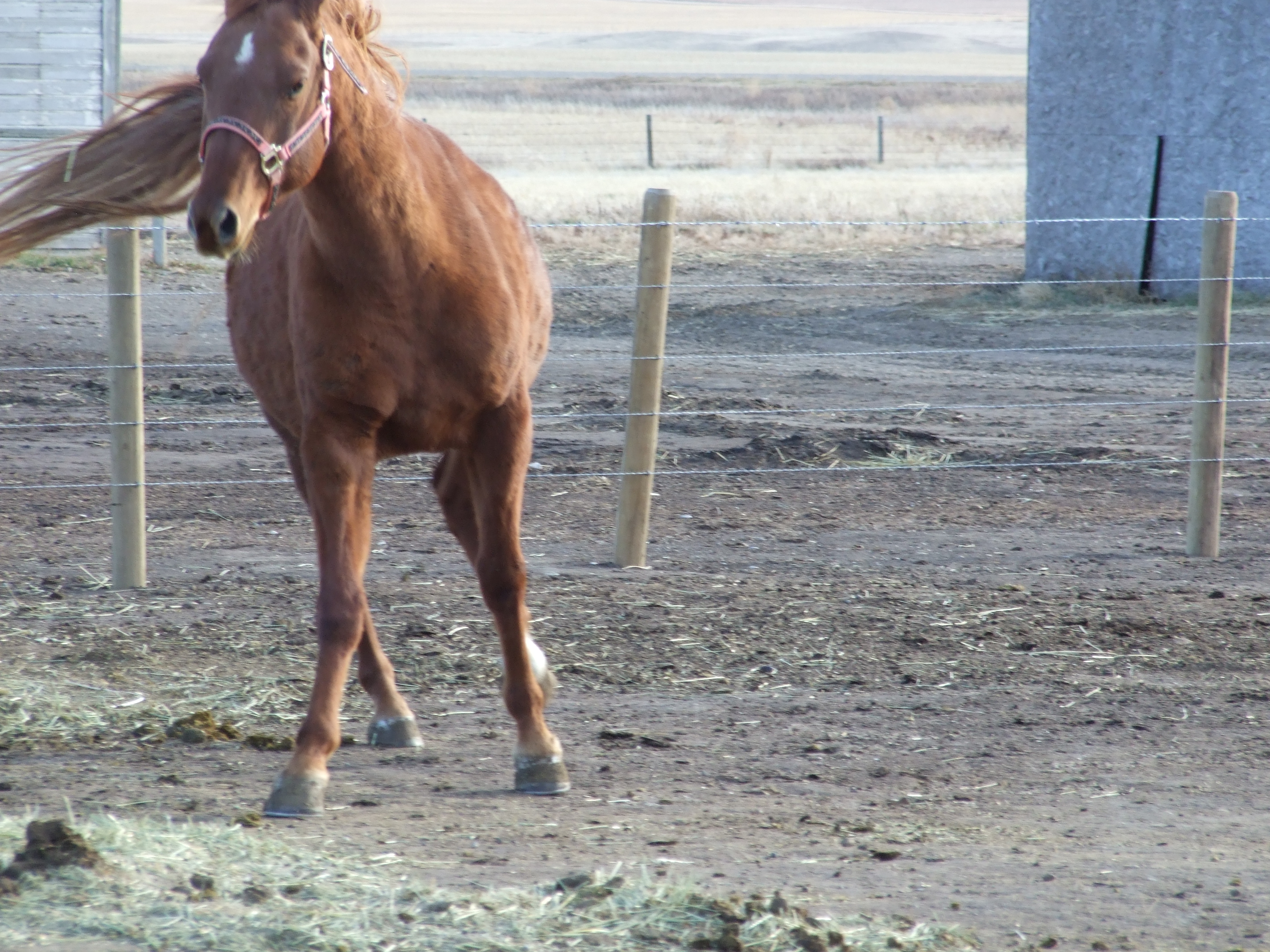
Club Foot In Horses British Expats
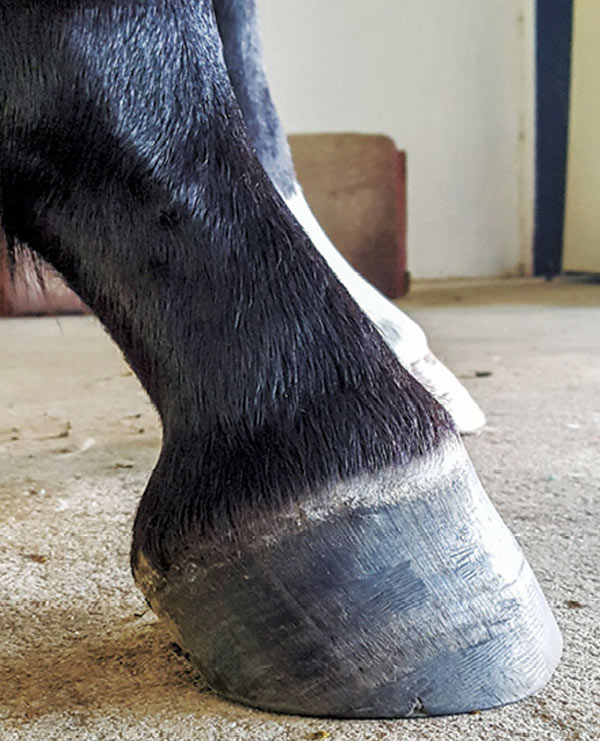
Club Foot Or Upright Foot It S All About The Angles American Farriers Journal
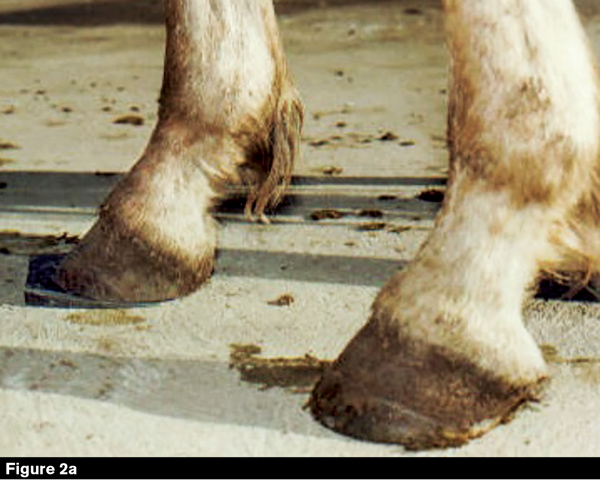
What Causes Club Feet American Farriers Journal

Club Foot

Animal Mrt Effect Of Hoof Distortion On Muscoskeletal Issues

Contact Us Palmetto Equine Veterinary Services
Q Tbn 3aand9gcsrwoaio7e5cvc61yvfq8t Uaumcv6z8hniaqiirrbmimkex5sg Usqp Cau

8 Hoof Types Explained

Managing The Club Hoof Easycare Hoof Boot News

Shoeing Options For Club Foot In Horses

Club Foot In Horses Brian S Burks Dvm Fox Run Equine Center Facebook

Pdf The Incidence Of Acquired Flexural Deformity And Unilateral Club Foot Uneven Feet In Thoroughbred Foals
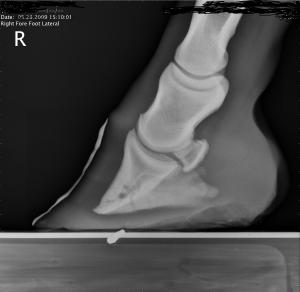
Club Foot Or Not Barefoot Hoofcare

Portfolio Barefoot Trimming
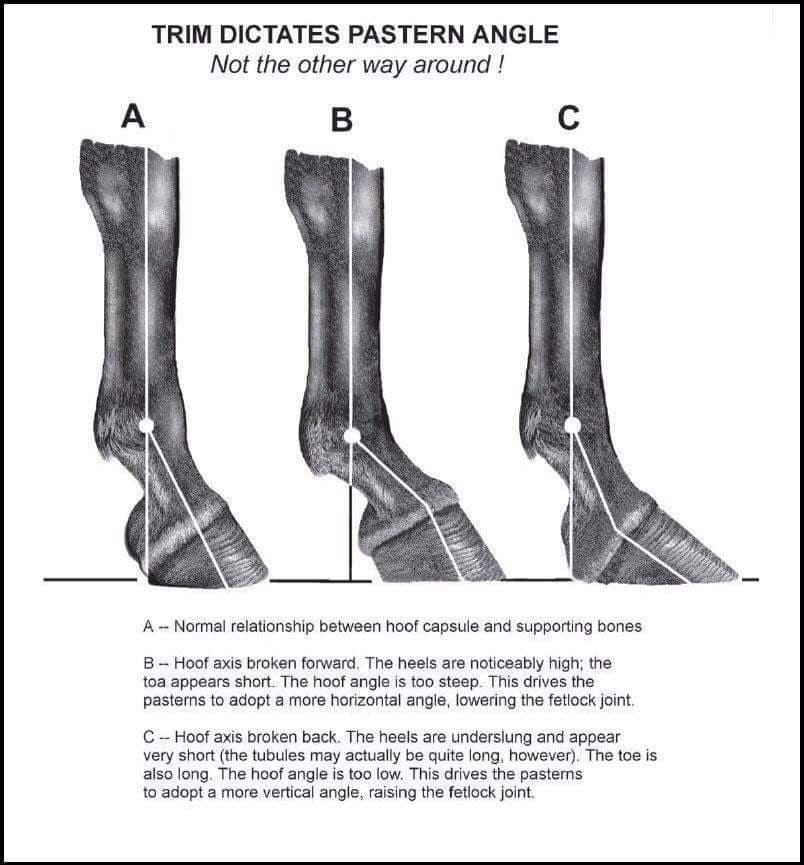
What Your Horse S Hoof Angle May Be Telling You Horses

Tucker S Club Foot And The Easyboot Back Country Easycare Hoof Boot News

Horse Hoof Irregularities Club Foot Integrity Horse Feed
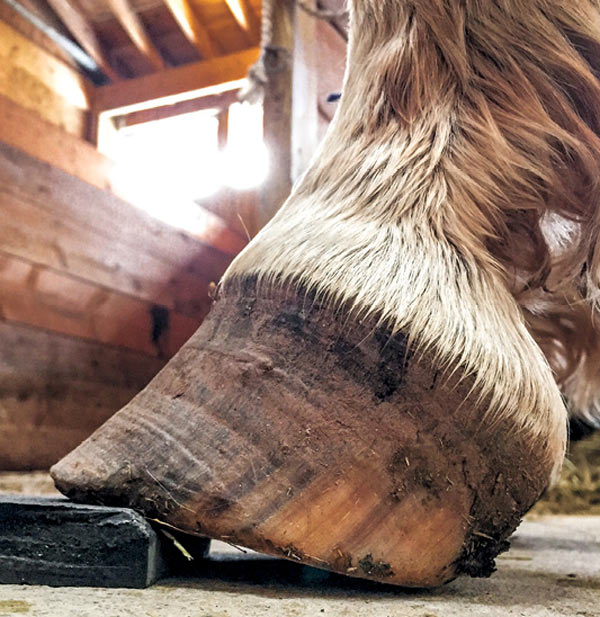
Club Foot Or Upright Foot It S All About The Angles American Farriers Journal
Founder 2

The Club Foot Is It No Big Deal Or A Deal Breaker

Club Feet The Brutal Truth David Farmilo
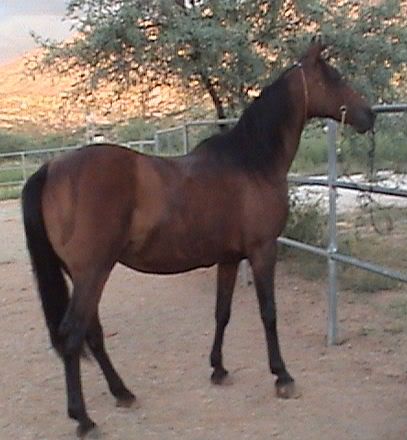
Navicular Vs Clubfoot Page 2 The Horse Forum

Club Foot Ronaldmarshall

So Called Club Foot By James R Rooney Dmv
Q Tbn 3aand9gcqknwobg18jaqxamxv4ezg Ufqsch0z Fbz2zgnc1asjo9 Ho32 Usqp Cau
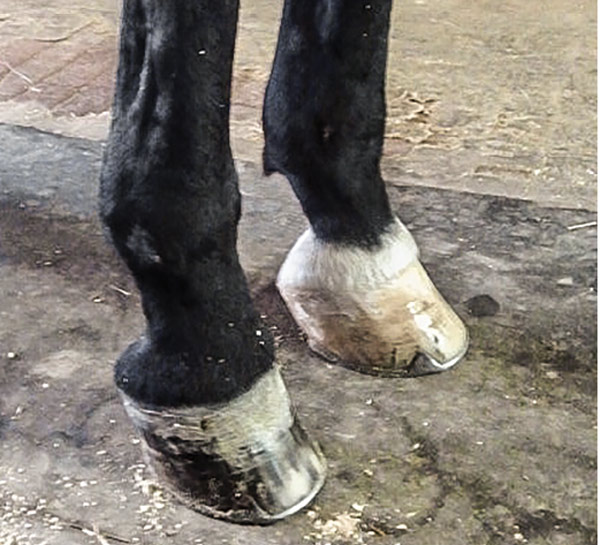
What Advice Has Been Most Helpful When You First Encounter A Club Foot American Farriers Journal

Club Foot Can It Be Passed On Page 2 Stockyard Horse Discussion Forums

Recognizing And Managing The Club Foot In Horses Horse Journals
Q Tbn 3aand9gcsq M9sgoq0fucqjvznhertdjxrzmccdim3thx Mmdgk2e1u Z Usqp Cau

Basic Shoeing Working With A Club Foot Farrier Product Distribution Blog

Club Foot What Does The Future Hold For Your Foal H H Vip Horse Hound

Understanding Club Foot The Horse Owner S Resource

Club Foot In Horses Equine Chronicle



